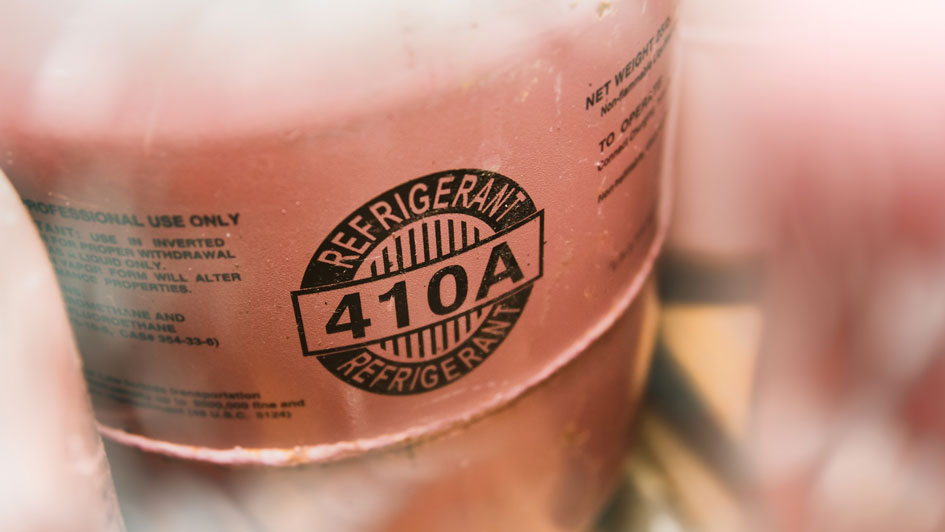
Big changes are on the way for the heating and cooling industry! Cooling systems moving from R-410a to newer refrigerants like R-454B refrigerant and R-32 refrigerant will be arriving in 2025. These new coolants are designed to be more beneficial to the environment and comply with updated regulations about global warming. But what does that mean for your present HVAC system and future services?
This transition will reduce the environmental impact of our air conditioning systems. In 2025, new AC systems will utilize new class of refrigerants that more closely match with climate goals. If you're contemplating getting an AC replacement soon, this is the ideal time to investigate how these changes can influence your home's comfort.
Why Exactly Is R-410a Being Phased Out?
For years, R-410a was the go-to refrigerant for residential air conditioners because of its efficiency. But analysis showed that R-410a still negatively impacts global warming. In response, the Environmental Protection Agency (EPA) implemented an initiative back in 2021. The industry will steadily phase out R-410a to replace it with refrigerants that are more eco-friendly.
The HVAC industry has undergone shifts like this before. When the industry switched from using R-22 (commonly called Freon) to R-410a, residents like you had to adjust. And just like then, this change will influence how systems are designed as well as the recommended procedures for HVAC maintenance. Both homeowners and HVAC technicians need to prepare for these new refrigerants if they wish to keep experiencing the most secure, most economical cooling possible.
What Refrigerant Is Replacing R-410a?
The new batch of refrigerants are categorized under the new "A2L" classification and contain the newest R-454B refrigerant and R-32 refrigerant coolants. They're created to provide the same effective cooling while greatly lowering their global warming potential (GWP) compared to R-410a.
R-454B refrigerant is believed to be particularly useful due to its GWP being around 78% lower than R-410a. Although R-454B refrigerant is actually more flammable than R-410a, enhancements to system manufacturing and maintenance practices will ensure servicing is just as safe to perform. Additionally, today's cooling systems using R-454B refrigerant are much more energy efficient, leading to substantial savings on energy bills over time, especially if you maintain your system with routine HVAC maintenance.
This switch isn't just about substituting the refrigerant—it impacts the whole HVAC system because the characteristics of R-454B refrigerant make it incompatible with older systems. In time, every home and business using R-410a will need to switch to one of the new systems.
R-410a Replacement: What Do I Need to Do to Transition to New HVAC Refrigerants?
Changing to the new refrigerants won't be as simple as replacing what's used in your home's HVAC system. That's because the unique properties of R-454B refrigerant and R-32 refrigerant mean you can't use them in a system that uses R-410a. But don't be concerned—you can still use your current R-410a system for now. Just keep in mind that as time goes on, the cost of repairs and tune-ups will rise as R-410a becomes harder to find.
Preparing in advance is the optimal way to handle things. If your AC system is currently aging, this is the ideal time to consider upgrading to a newer model that uses the new R-454B refrigerant. Plus, the staff here at The Chilly Pig can assist you in making the transition with flexible options for HVAC replacement financing.
Which HVAC Refrigerant Is in My Air Conditioner?
Not sure which refrigerant your AC system employs? In general, you can easily find this information by inspecting the label on your outdoor unit. This label indicates the type of refrigerant, the model number and numerous other particulars about your cooling system.
But if you can't read the label or are missing your user manual, don't worry! You can always call one of the expert technicians at The Chilly Pig to assist you in identifying the refrigerant. Get all the information you need by giving us a call at 321-205-1234.
